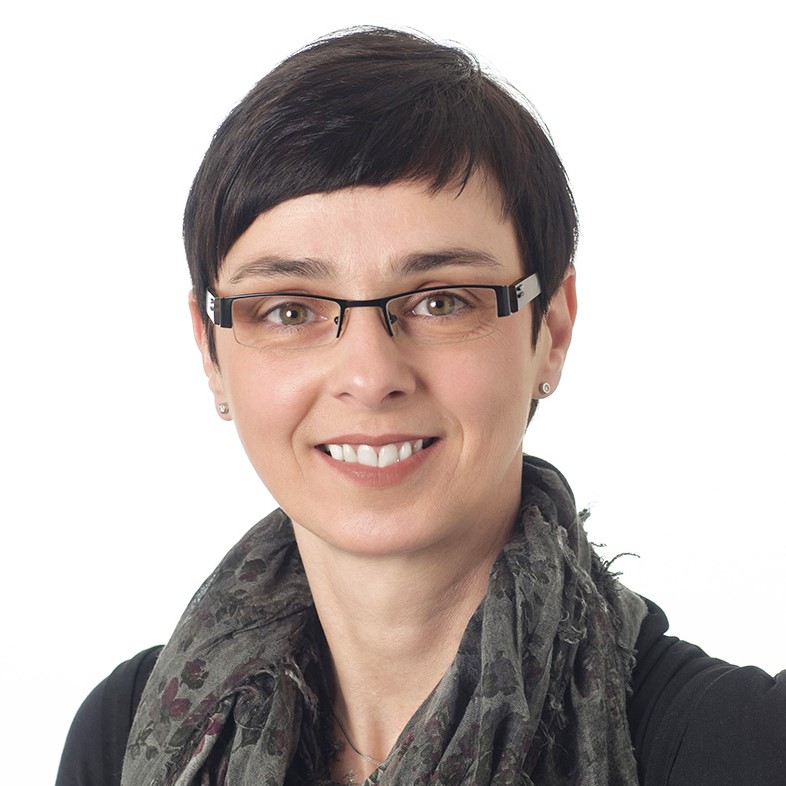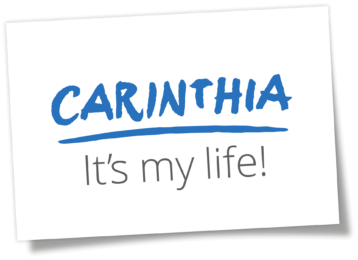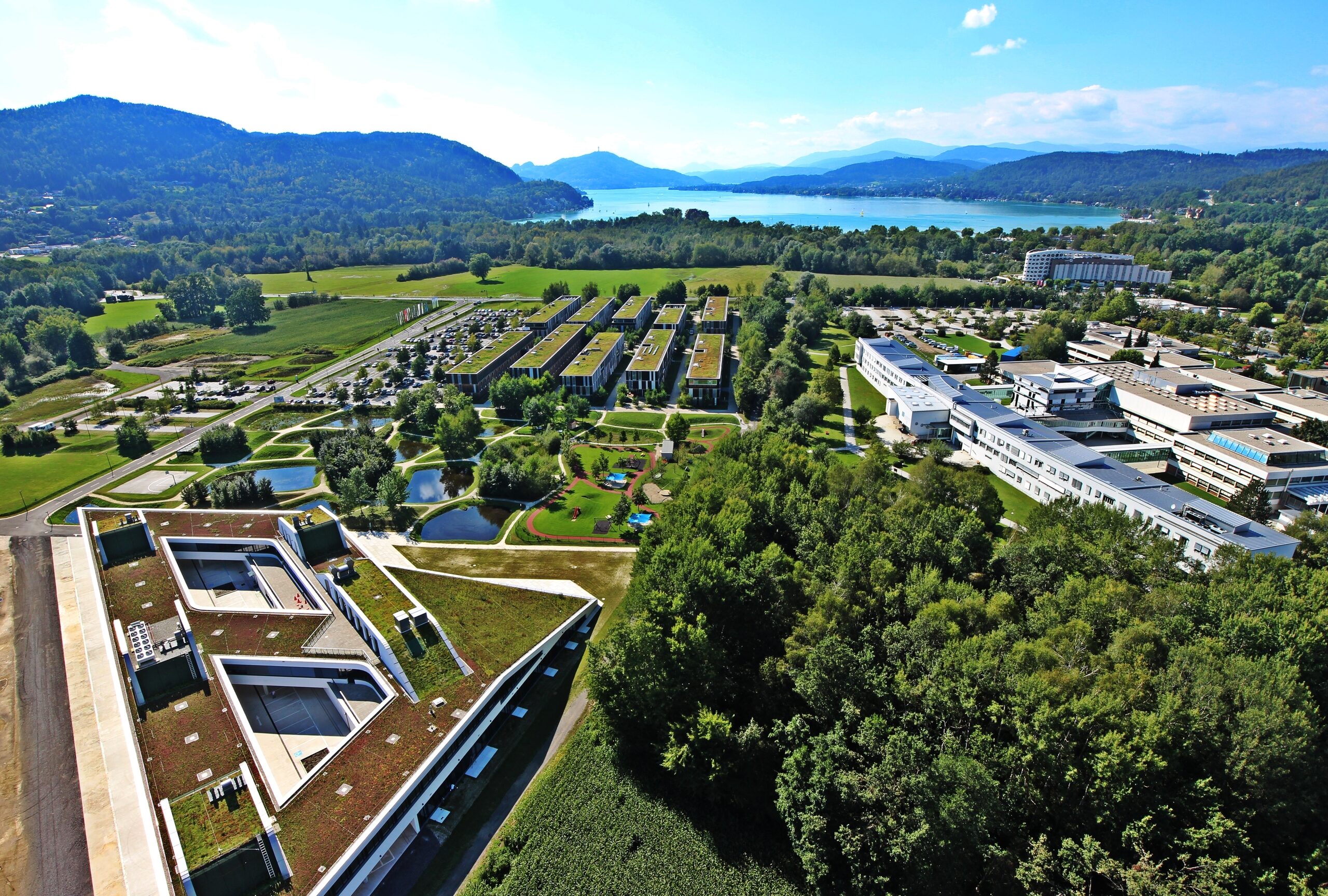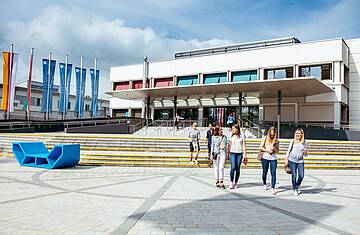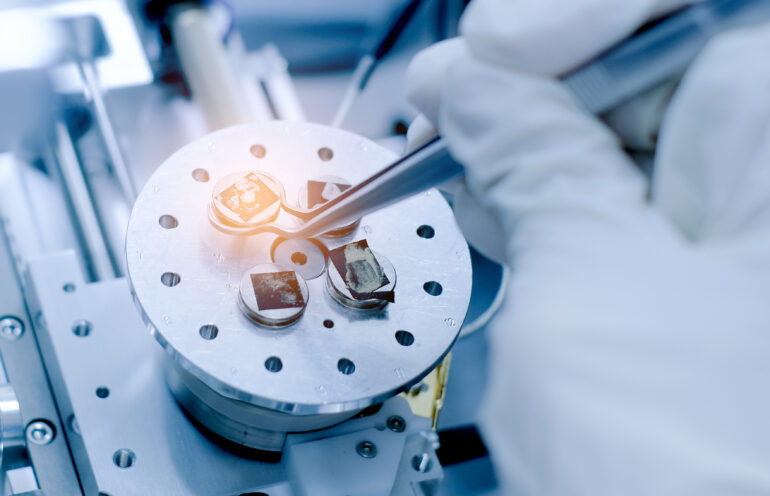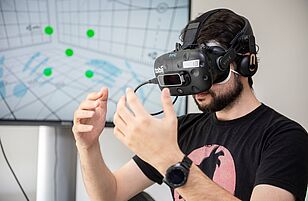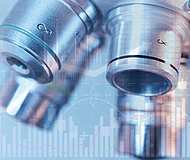Carinthia: Where technology creates the future
Carinthia is the place where ideas become innovations and new technologies shape the future. Various technology and innovation hubs combine know-how, creativity and state-of-the-art infrastructure. This is where start-ups meet industry, digital visions meet real solutions, and concepts meet market-ready products. What counts is cooperation, speed and the courage to try new things.
Driving innovation forward
Several technology parks in Carinthia offer customised solutions for various industries of the future. Whether digital platforms, smart electronics or sustainable technologies – companies can find the right experts, resources and networks here to implement projects quickly and efficiently.
1. ICT and software
Lakeside Science & Technology Park in Klagenfurt am Wörthersee is Carinthia’s centre for digital innovation. This is where developers, start-ups and established companies meet state-of-the-art infrastructures and leading research institutions such as Joanneum Research, Lakeside Labs and AIT. With unique projects such as the largest indoor drone hall in Europe, 5G labs and educational initiatives for new forms of teaching and learning, the park promotes technologies that are globally competitive. Together, solutions are formed that seamlessly combine research, development and market application – fast, scalable and future-oriented.

Michael Stabentheiner (de)
2. Microelectronics, EBS and sensor technology
Cutting-edge technology meets optimum networking: Technologiepark Villach (tpv) brings together over 40 companies, more than 1,100 students from Carinthia University of Applied Sciences and around 850 employees. It is a dynamic hotspot for microelectronics, mechatronics, mechanical engineering and embedded systems. With Silicon Austria Labs, build! Gründerzentrum and numerous training and cooperation opportunities, innovative projects of the highest standard are being created here. High Tech Campus Villach complements state-of-the-art laboratory infrastructure, clean rooms and testing facilities. The result are solutions that are competitive not only locally, but also internationally.

Michael Stabentheiner (de)
3. Sustainable technologies
Carinthia invests in future-oriented technologies: with Technologiepark Lavanttal in St. Paul, a hub for green innovations and sustainable technologies is being built directly on the Koralm Railway line between Klagenfurt and Graz. The innovation park links research, education and companies. As an interdisciplinary location, it also offers space for test productions, test units and divisible infrastructure in order to implement and further develop innovative concepts in practice. The knowledge and innovation district thus promotes sustainable approaches that combine ecological responsibility with economic success.

Johannes Puch (de)
INTERVIEW with Bernhard Lamprecht, Managing Director of Lakeside Science & Technology Park
“In Carinthia, cutting-edge research meets the highest quality of life”
Carinthia not only stands for attractive jobs, but also for an environment that attracts and retains specialists. In this interview, Bernhard Lamprecht, Managing Director of Lakeside Science & Technology Park, talks about the role Carinthia’s technology parks play in regional development, which sectors are currently experiencing particularly strong growth and why it is more important than ever to offer a pleasant living environment as well as a good working environment. A look behind the scenes of Carinthia’s innovation hubs.

Bernhard Lamprecht, Managing Director of Lakeside Science & Technology Park
“The close interconnectedness of science, research and industry is a hallmark of the region.”
Carinthia.com: Mr. Lamprecht, how do the various technology parks such as Lakeside Science & Technology Park, Technologiepark Villach and, in future, Technologiepark Lavanttal in St. Paul contribute to the strength of Carinthia as a location for innovation?
Bernhard Lamprecht: Our technology parks create the best possible working conditions for local companies, research organisations and employees. A clear focus and dedicated priorities create synergies that accelerate the innovation process. When people meet at the campus, they almost automatically exchange ideas and come up with new ones. As the supporting organisations – whether at Lakeside Park, tpv or in the future also in St. Paul – we have made it our task to ensure this networking and that we are drivers of innovation projects in certain areas.
What infrastructure and resources are available to companies in Carinthia in order to grow successfully?
Bernhard Lamprecht: In addition to the technology parks, there are research organisations and clusters that actively support companies. In Carinthia, for example, we are closely networked with Styria, known as the Innovation Region South, so that companies benefit from additional resources and expertise.
We also try to create the best possible research conditions. A special highlight is Austria’s largest research clean room at tpv, operated by Silicon Austria Labs (SAL). It enables medium-sized companies to produce prototypes and small series and to cooperate with leading researchers – a clear advantage for the location.
What else distinguishes Carinthia as a location and sets it apart from other European technology and research locations?
Bernhard Lamprecht: In addition to the technical components, it is above all the working and living spaces that we offer. When I look out of my window at Lakeside Park, I see a very green workspace. A former fellow student and now employee at one of the companies based here once described Lakeside Park as “the best and most beautiful workplace he has ever had”.
I firmly believe that Carinthia has a lot to offer as a region, and that is increasingly important these days. Besides the excellent educational and research organisations, you can drink the water from the tap, have mountains and lakes on your doorstep and are not far from the sea. This means that here cutting-edge research meets an environment with lakes, mountains and high environmental quality – a living environment that inspires researchers from all over the world.
Which technologies and developments are currently in high demand and particularly relevant at the various technology parks in Carinthia?
Bernhard Lamprecht: Villach is extremely strong in microelectronics. Based on local industry giants such as Infineon and SAL, many things are happening here that will make our future lives easier. Companies are actively looking for new materials in chip production – also in order to be as independent as possible from other countries in the future – as well as using less energy and optimising existing processes. One of the main topics at Lakeside Park is drone research at the University of Klagenfurt, in which I would definitely count us among the leaders. In robotics, Joanneum Research is working intensively on solutions for automation and increasing productivity. Fraunhofer KI4LIFE has also established itself as a centre for applied AI research. There is also a strong feedback loop into the education system here, where Carinthian universities are constantly responding with a wide range of subjects, as can be seen in the Robotics and Artificial Intelligence or Artificial Intelligence and Cybersecurity studies, for example.
What opportunities do sustainable technologies and environmentally friendly innovations offer companies in Carinthia?
Bernhard Lamprecht: We have many companies in the region that are active in the field of sustainability, especially SW Umwelttechnik, Go-E and VUM Verfahren Umwelt Management GmbH, which is based at Lakeside Park. In Carinthia, the focus is not always on the most cost-effective solution, but on the most ecologically sensible one, which often also brings economic benefits in the long term. How should we deal with certain building materials in 20 or 30 years’ time – in terms of their life cycle – if we already know that disposal will cost an immense amount of money? As a thought leader, we want to set a good example here, and are supported accordingly by politics.
In your opinion, what are the three strongest arguments for why companies should choose Carinthia as a location for innovation?
Bernhard Lamprecht: In Carinthia, we like to talk about work-life balance, which is a playful way of expressing the balance between good work and life commitments. Mountains and lakes right on the doorstep, a southern ambience and a relaxed mentality are all factors that tip the scales in favour of settling in Carinthia. Secondly – and the high quality of life contributes to this – companies can still find well-trained employees here. And thirdly, we are right in the middle of it in Carinthia. You can quickly reach major Austrian cities such as Graz and Vienna, as well as northern Italy and Slovenia. This central location is appreciated for international business relations.
What would you like to tell companies from Austria and abroad that are thinking about choosing Carinthia as a location for research and development?
Bernhard Lamprecht: I believe we score highly in Carinthia thanks to our exciting research infrastructure. The companies, universities and research organisations in the region work very closely together. Moreover, the high quality of life is an advantage and a decisive factor for international employees in particular.
For example, we are currently noticing that Carinthia is particularly attractive to specialists from Germany: there’s a lower cost of living than in Munich or Berlin, but with a high degree of security, nature and a family atmosphere. Politics also actively support international specialists – a clear plus point for the location.
Your Contact
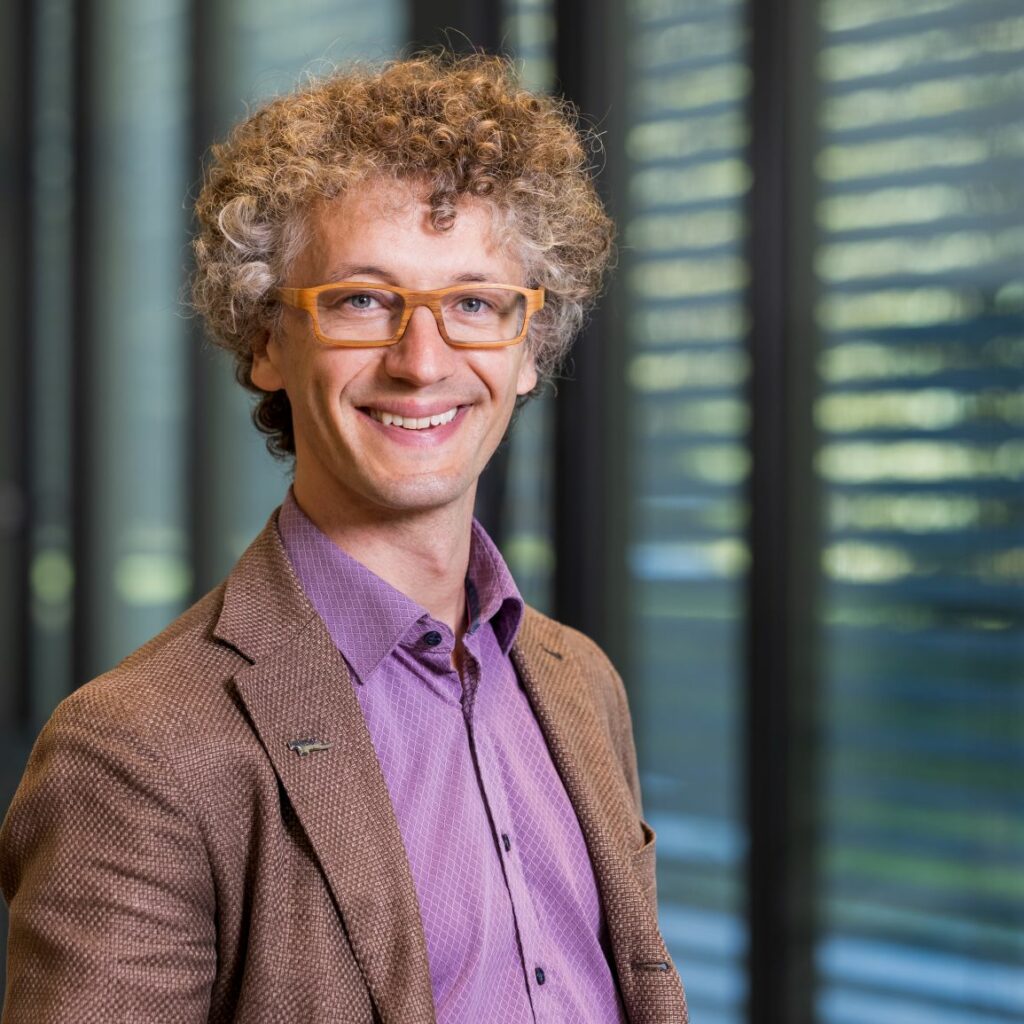
Mag. David Pitschmann, Bakk. Sport
Projects & International Cooperation
Your Contact
